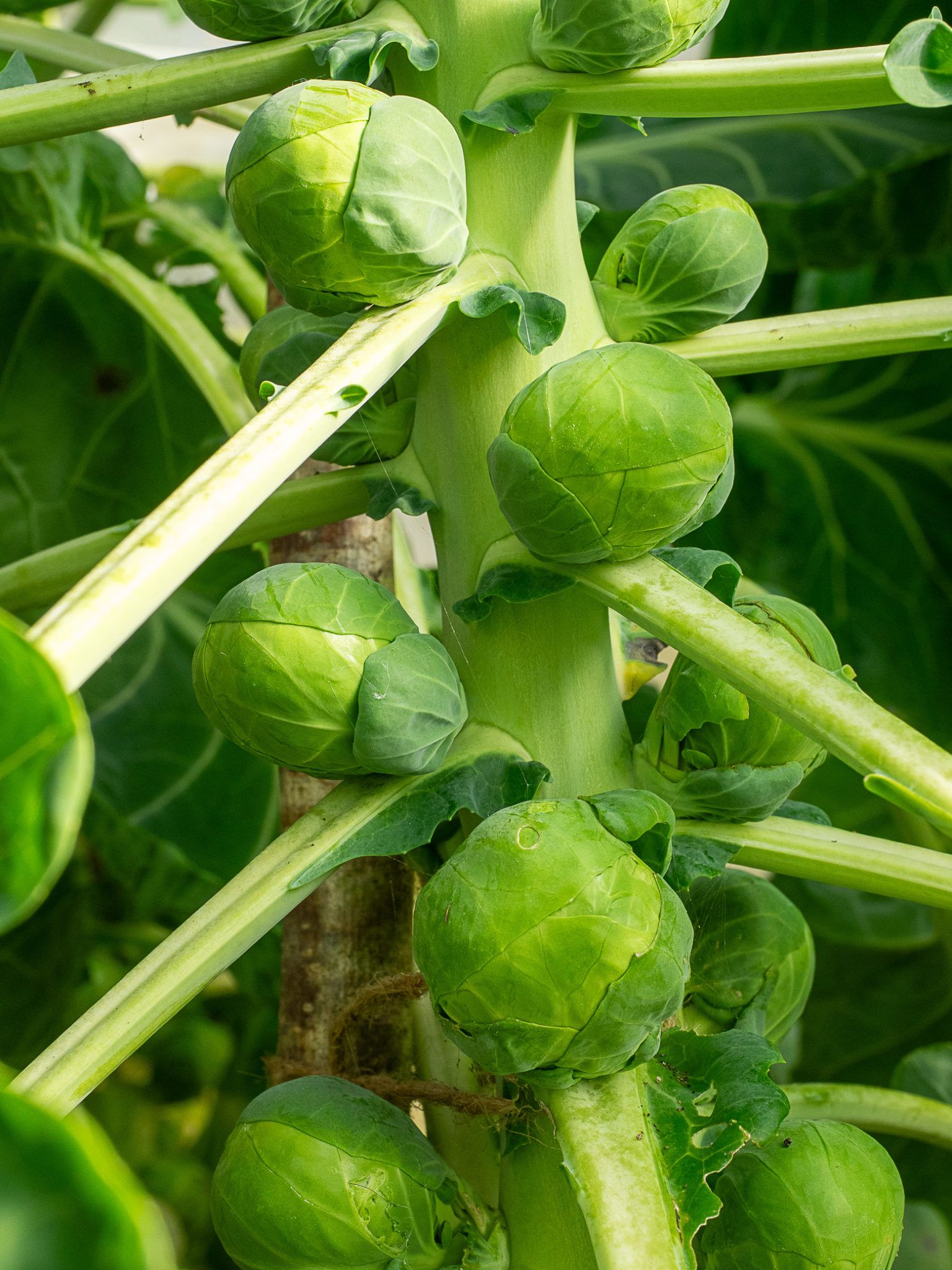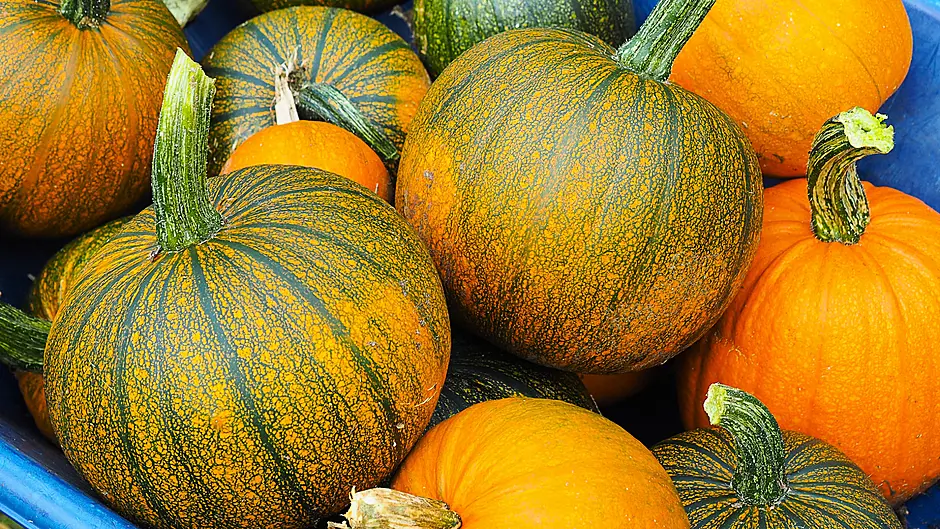

COLOURS change in the garden at this time of year as deciduous trees change from green to a lovely array of autumn shades. Crops in the garden change too, as the more vibrant coloured ones are lifted and put into store.
What remains in the beds can be cabbages, kales, spinach, leeks, sprouts, broccoli and so on, in a range of green shades. Of course there may still be bright colours in berries on trees. And there are bright splashes in flower borders, although blooms will lessen in the coming weeks. We can’t fight the change, but we can enjoy the garden as it moves into a cold weather colour scheme.
Eat sprouts
It can be hard to predict the moment when Brussels sprouts will come ready to pick. Autumn varieties may have fat orbs now, while winter ones might have you wondering if they will make a big enough crop for Christmas. All spring-sown plants should have some firm sprouts growing up the stem. Lower ones on the stem will swell first, while the topmost ones may still be small.
If you love Brussels sprouts, and have room to grow several plants, then choose two or three different varieties in order to maximise the cropping period. The seed keeps for several years, so your investment in different varieties won’t lead to waste. With some good management, and a bit of luck with the weather, you can eat sprouts from the garden right through until March.
Check tall plants now and make sure they are supported with sturdy sticks and string. Plants are quite shallow rooting and can be upended in a strong wind. Remove any lower leaves that have yellowed and are about to drop. Clear fallen ones from the ground too, so you have a clear surface if you want to mulch with grass clippings from a late mow.
Pick any large sprouts while they are still solid and firm – if you leave them too long, the folded leaves start to loosen the sprout as they push layers apart. Work your way up the stem as the sprouts get to the size that you want – they will keep growing for a good while yet. Eat them at their tasty best, whatever time they come ready.
 Brussels sprouts swelling nicely.
Brussels sprouts swelling nicely.
Cut and tidy
It’s good to get out on a bright day and start clearing back all the dead and dying foliage. Use your judgement and remove what looks tatty. A bit of work now can help the garden look tidy and ready for the weeks ahead. If seed heads look attractive then leave them in place – although you may run the risk of unwanted seedlings popping up next year.
Bulky stems can make good layers on the compost heap. If stems are very thick you may want to cut them into smaller chunks first. Apply layers of nitrogen-rich material, like grass clippings, kitchen waste or manure, alternately with the brown stems. Cover the top and you should have plenty of active aeration to help the heap heat.
Peppers
Pepper plants are surprisingly hardy at this end of the year and particularly if they are grown in a greenhouse or polytunnel. Chilli varieties often give great crops and they will keep ripening fruits until nights get really cold. If you have grown a plant in a pot, then move it indoors to a sunny window before the first frosts. You will have a pretty plant to look at and fruit can keep ripening for several weeks.
 Chilli pepper plants can grow on indoors. (Photos: Ben Russell)
Chilli pepper plants can grow on indoors. (Photos: Ben Russell)Pumpkins
I harvest my pumpkins and bring them indoors at this point of the year. You can leave them lying outside until Halloween, but you risk frost and rot damage if ripe fruits are left too long on the soil.
Any fruit that has reached full size will continue to ripen after it is picked. Leave the stem attached and spread pumpkins out in a cool dry place – a shed or an unheated bedroom is fine provided you check regularly and remove any squash that has started to soften.
Pumpkins and winter squash aren’t just for carving – they are delicious in a wide variety of dishes. Try roasting slices along with a mix of carrots, parsnips, onions and garlic. Or use in soups, stews and pasta sauces.
Sowing and growing
It’s time to get autumn planting onions and garlic into the ground. Buy sets and bulbs now if you haven’t already. Avoid waterlogged areas of the garden for over-wintered crops.
Autumn planting peas and broad beans can be sown now in a polytunnel or greenhouse. These produce the earliest crops, provided you can keep rodents away from the seeds. Outdoor sowings in a cloche are more vulnerable than those in a sealed structure, but it is still worth trying autumn sowings – and particularly if you have some good hunting cats!








